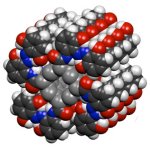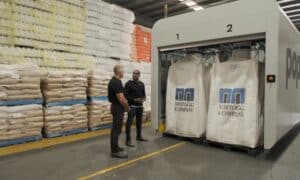MIT researchers have revealed carbon nanotube based structures could provide a new approach to storing solar energy for use whenever it’s needed – an important discovery in the evolution of solar farms able to provide baseload power.
The researchers say the ability to store the sun’s heat in chemical form rather than directly as heat, such as in the case of molten salt batteries, offers a number of advantages; including the ability to store energy for very long periods of time.
Up until now, energy storage in most chemical forms has been an expensive exercise. Fulvalene diruthenium was regarded as the best chemical for reversibly storing solar energy as it does not degrade; but ruthenium is a rare earth metal.
In 2010, MIT associate professor Jeffrey Grossman and four co-authors set about to determine why fulvalene diruthenium was the best compound, in order to perhaps identify other inexpensive and abundant materials that may perform as well – and they appear to have succeeded.
A new material found by Professor Grossman and colleague Alexie Kolpak is made from carbon nanotubes in combination with a compound called azobenzene. The new material is not only cheaper than those based on ruthenium, but also far more efficient at storing energy – around 10,000 times higher in volumetric energy density and comparable to lithium-ion batteries.
Thermo-chemical storage of solar energy involves a structure that changes when exposed to sunlight, and can remain stable in that form indefinitely. When that structure is exposed to a catalyst such as a minor temperature change or a flash of light, it can then release that energy as heat. That heat can then be converted to steam to drive turbines, or applied to a thermo-electric harvesting device.
Professor Grossman describes it as creating a rechargeable heat battery with a long shelf life "You’ve got a material that both converts and stores energy. It’s robust, it doesn’t degrade, and it’s cheap."
Professor Grossman says the design of the material is a general concept that could be applied to many materials. Some of these materials may have already been created and would just need some "fine tuning" to be used for the purpose of solar-thermal storage.
"I see this as the tip of the iceberg. We’re pretty jazzed up about it."
Source/Image source














































